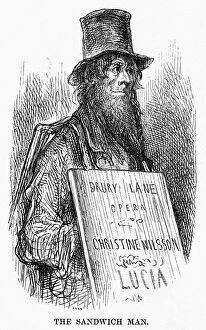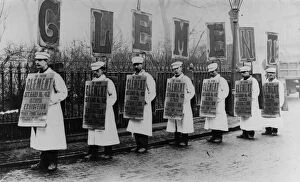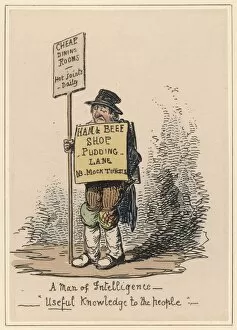Sandwich Board Collection (#2)
"Unveiling the History of Sandwich Boards: From 19th-century Street Hawkers to Modern Adverts" Step back in time to the bustling streets of New York City in 1939
All Professionally Made to Order for Quick Shipping
"Unveiling the History of Sandwich Boards: From 19th-century Street Hawkers to Modern Adverts" Step back in time to the bustling streets of New York City in 1939, where a sandwich man adorned with an eye-catching sandwich board captures the attention of passersby on 42nd Street and Madison Avenue. This iconic image, captured by Dorothea Lange, showcases the early days of advertising through human billboards. But this form of promotion didn't start there - it dates back even further. Travel across the Atlantic to London in 1881, as John Thomson's lens immortalizes "The London Boardmen. " These street hawkers selling consumer goods were pioneers in using sandwich boards as a means to attract customers and spread awareness about their products. Thomson's earlier work from 1877 also sheds light on these London boardmen who roamed the city streets. Their presence was so significant that they became synonymous with street life itself. In fact, images from "Street Life in London" by J capture their daily struggles and triumphs. Fast forward to more recent times when sandwich boards took on a different role - advocating for social causes or delivering humorous messages. A chromolitho print titled "Obesity: sure cure for reducing fat - work harder" humorously highlights how these walking advertisements could tackle weight loss while promoting businesses simultaneously. Even satirical cartoons like Punch's "Puritans Penance" used sandwich boards as props to poke fun at societal norms and beliefs during those times. The versatility of this advertising medium knew no bounds. Beyond just commerce, sandwich boards played a part in cultural events too. Promotional calendars from 1887 advertised Canavy Freres' products while suffragettes proudly displayed their cause through bold placards strapped onto their bodies in a black-and-white photograph taken in 1913. Religious institutions also embraced this unique form of communication.










